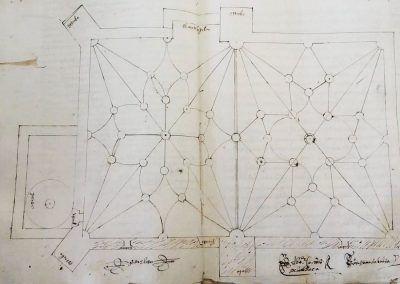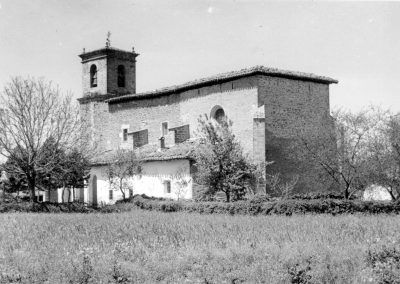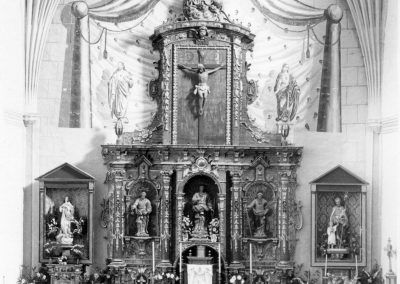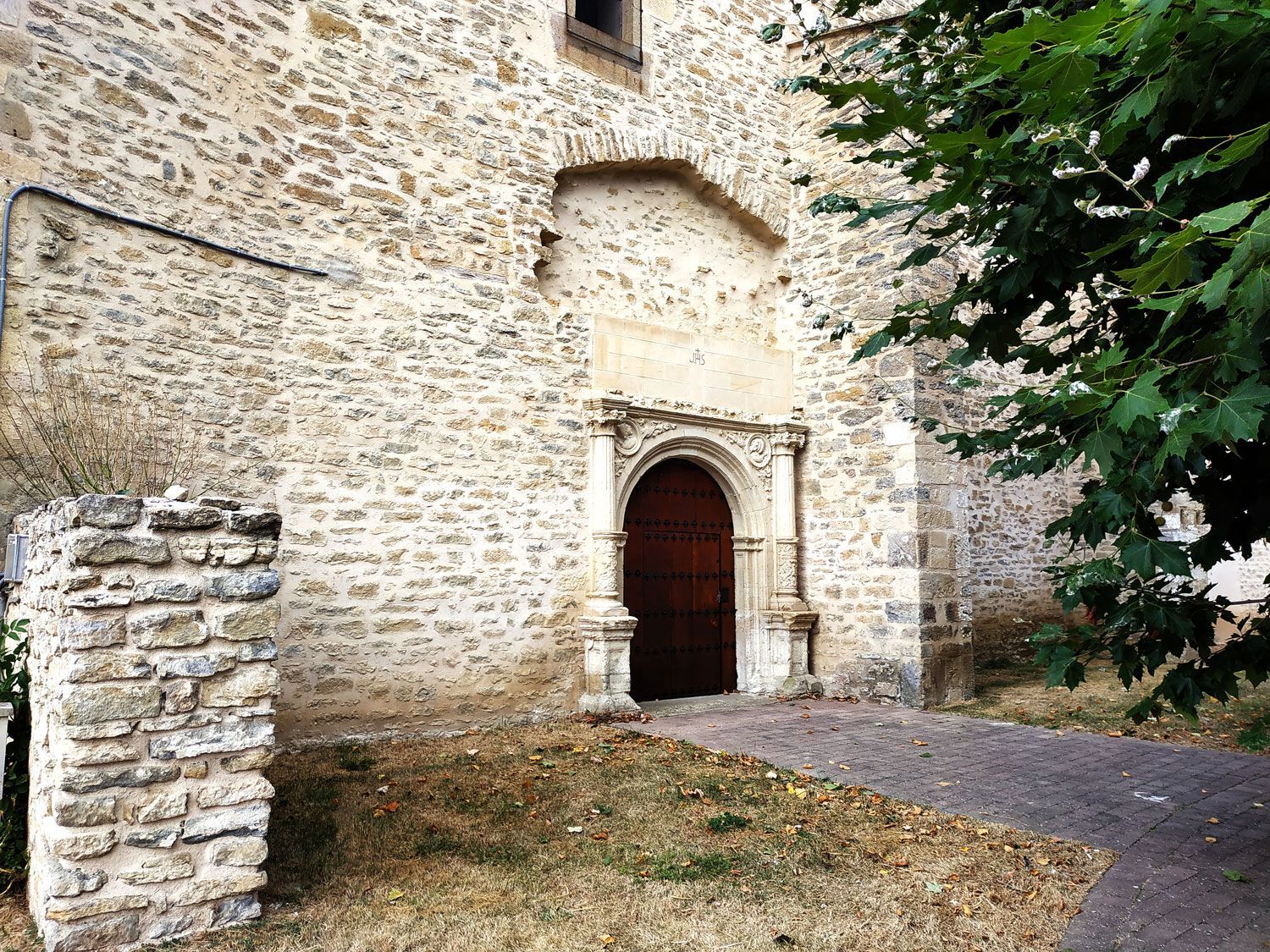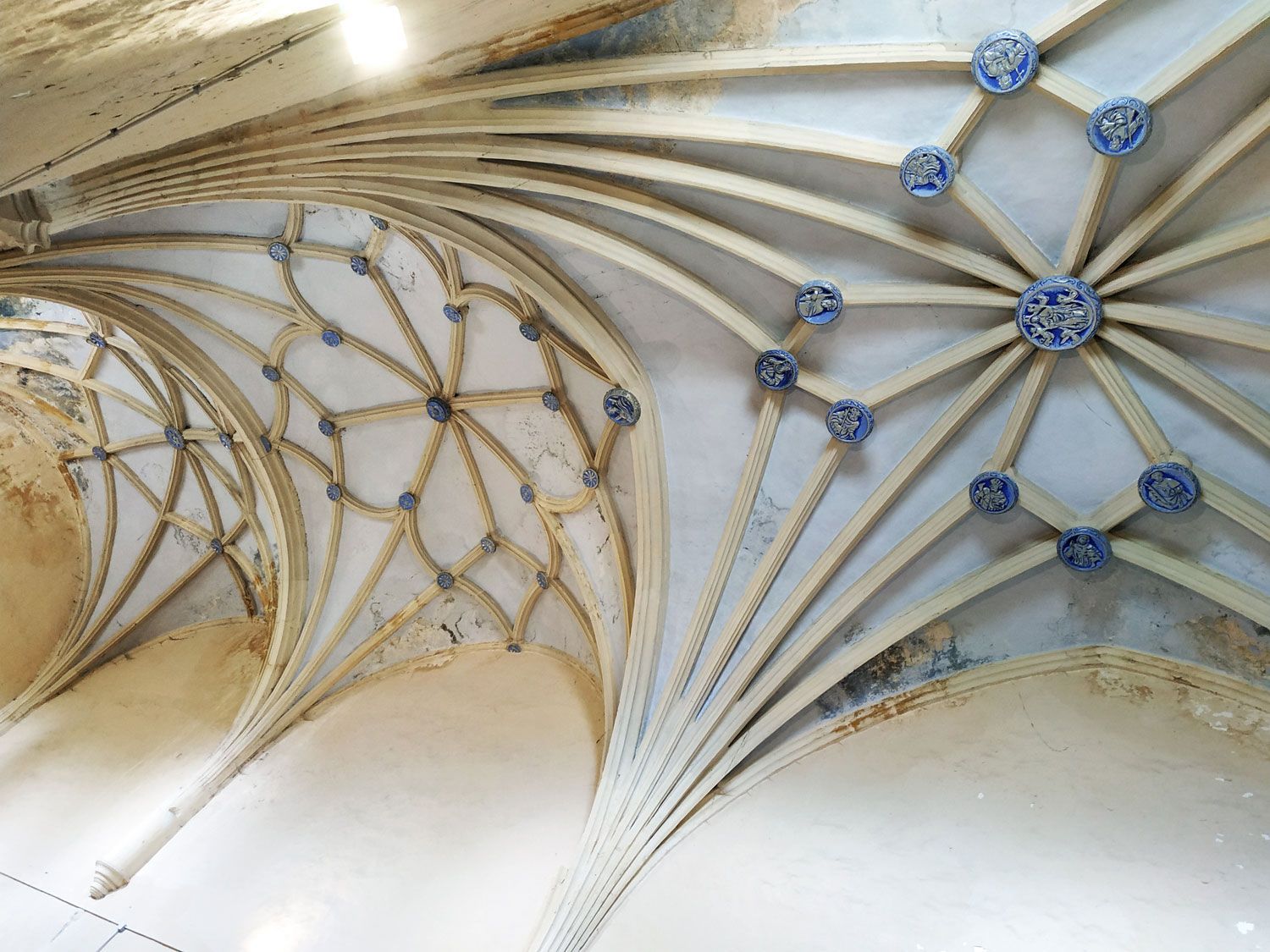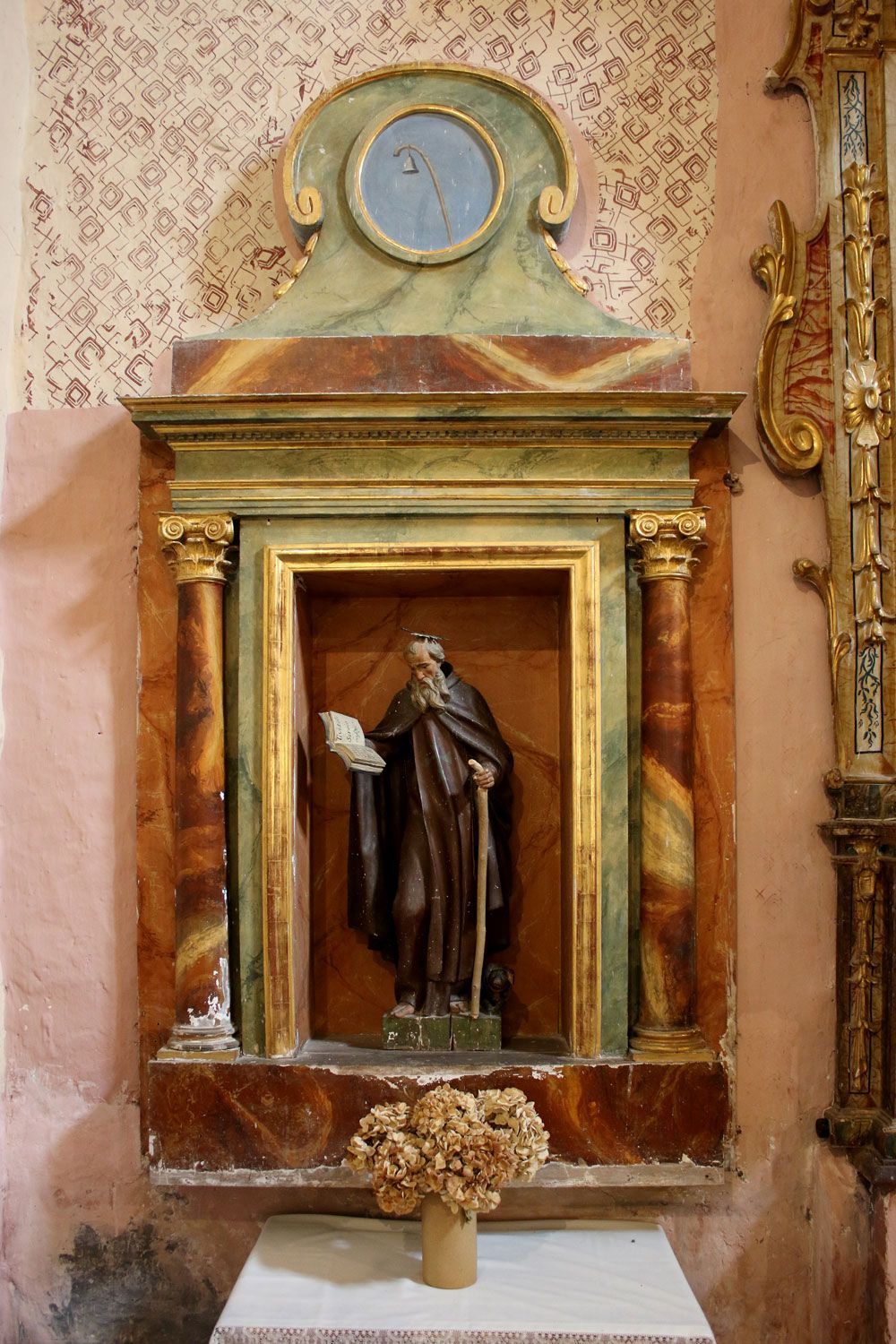
A digital gate open to heritage

Church of Saint Andrew the Apostle, Villafranca
Introduction
We find Villafranca located at the foot of the hill where the Estíbaliz sanctuary lies. Even though there is no sign in the town that would lead us to think it had a magnificent past, documents reveal that Villafranca was the first town to be founded in the whole Álava, between the late 11th and early 12th centuries. Its founder was the nobleman Lope González, who, following the policy of creating towns of his King Alfonso VI of Castile, decided to create Villafranca from his tower house in Estíbaliz, point from where he managed a large area of land in Álava. Villafranca had its own street market and it was a prosperous town that contemplated the birth of the Romanesque church of Estíbaliz until the creation of the neighbouring Vitoria at the end of the 12th century. This put such a heavy pressure on the town that it lost population and entered a phase of decline.
360º Images
The stay of the Virgin of Estíbaliz in Villafranca
Relations between Villafranca and Estíbaliz have always been really intense, to the extent that it is very likely that Villafranca was originally located at the top of the hill where the sanctuary lies. Therefore, when Estíbaliz lost its worshippers towards the end of the 19th century, Álava’s patron saint was moved to the church of Villafranca. After the Carlist wars, the carving of the 12th century was in a very poor condition, headless and childless, so the neighbours of Villafranca replaced the missing pieces with reused materials. For this reason, it became necessary to dress it, which concealed completely its medieval appearance. It was later placed on an altar on the north wall of the church, which is still visible in the engravings made after its restoration. Along with the recovery of Estíbaliz came the restitution of the Virgin, which was raised to the shrine again on an improvised procession on October 9, 1904.
Outside The church of Saint Andrew the Apostle of Villafranca, after the removal of the diverse additions that were implemented throughout time, offers a robust and uniform look. Nevertheless, a detailed observation allows us to appreciate that the straight apse of the church was built before the body, given that there are certain fractures both on the external walls and on the inner vaults that tell us about two construction phases developed in two different moments of the 16th century. This was due to the death of Andrés López de Alzola, the architect of the apse, whose project was continued by Pedro de Elosu until its completion in 1574. Since then, this same master completed the temple with the creation of the tower attached to the western side.The church




